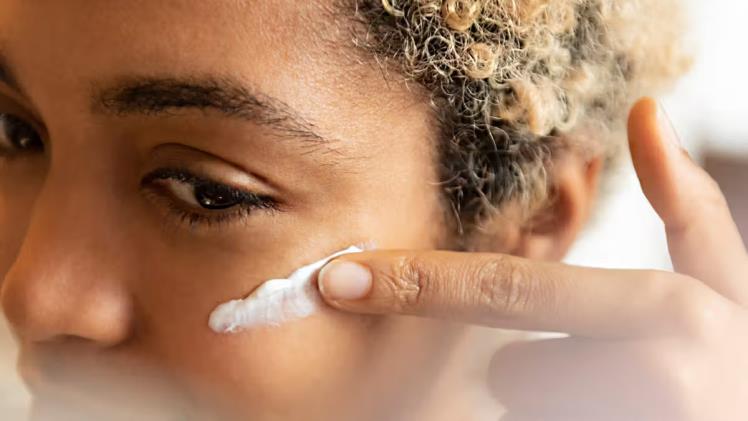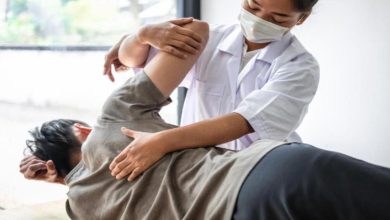
Our skin is a unique organ, acting as a protective barrier between our internal organs and the external environment. However, it’s not immune to a variety of conditions that can affect its health and appearance. Some of the common skin conditions and the treatments available are listed below to help you achieve a flawless complexion that you will never be afraid to show off again.
Acne
Acne is perhaps one of the most well-known skin conditions, not only affecting pubescent teenagers but also millions of adults worldwide. It occurs when hair follicles become clogged with oil and dead skin cells, leading to the formation of pimples, blackheads, and whiteheads. Besides visiting aesthetic clinics for professional acne treatment such as this, effective acne treatments include:
- Topical Treatments: Over-the-counter or prescription creams, gels, and ointments containing ingredients like benzoyl peroxide, salicylic acid, or retinoids can help reduce inflammation and unclog pores.
- Oral Medications: In severe cases, dermatologists may prescribe antibiotics, hormonal medications, or isotretinoin to address acne from within.
- Chemical Peels: Chemical peels can remove the top layer of damaged skin, promoting the growth of new, smoother skin.
Eczema
Eczema, or atopic dermatitis, is a chronic condition characterized by red, itchy, and inflamed skin. While it’s not curable, various treatments can provide relief and manage symptoms:
- Moisturizers: Regular use of hypoallergenic moisturizers helps keep the skin hydrated and reduce itching.
- Topical Steroids: Mild to moderate eczema can often be managed with prescription or over-the-counter corticosteroid creams.
- Immunosuppressants: In severe cases, immunosuppressant medications can be prescribed to reduce inflammation.
- Lifestyle Adjustments: Identifying and avoiding triggers like certain soaps, detergents, or foods can help manage eczema symptoms.
Psoriasis
Psoriasis is an autoimmune condition characterized by the rapid growth of skin cells, leading to the formation of thick, red, and scaly patches. Treatment options include:
- Topical Treatments: Corticosteroids, vitamin D analogs, and coal tar preparations can be applied directly to affected areas.
- Phototherapy: Exposure to ultraviolet (UV) light under medical supervision can help slow down skin cell growth.
- Oral and Biologic Medications: For severe cases, oral medications or biologic drugs can be prescribed to suppress the immune response.
Rosacea
Rosacea is a chronic skin condition that primarily affects the face, causing redness, visible blood vessels, and in some cases, pimple-like bumps. Treatments include:
- Topical Medications: Prescription creams and gels containing antibiotics or other anti-inflammatory agents can reduce redness and inflammation.
- Oral Medications: In more severe cases, oral antibiotics may be prescribed.
- Laser and Light Therapies: Procedures like laser therapy can help reduce visible blood vessels and redness associated with rosacea. You can see an Idaho Falls Medspa for these types of treatments.
Melasma
Melasma is a common skin condition characterized by dark, irregular patches of hyperpigmentation, often triggered by sun exposure or hormonal changes. Treatment options include:
- Topical Lightening Agents: Prescription creams containing hydroquinone, tretinoin, or kojic acid can help fade dark spots.
- Chemical Peels: Medium to deep chemical peels can remove the top layer of skin, reducing the appearance of melasma.
- Laser Therapy: Certain laser treatments, like fractional lasers, can target and break down melanin in the affected areas.
Hyperhidrosis
Hyperhidrosis is a condition characterized by excessive sweating that goes beyond what is necessary for regulating body temperature. Effective treatments include:
- Antiperspirants: Over-the-counter or prescription-strength antiperspirants containing aluminum chloride can help reduce sweating.
- Botox Injections: Botulinum toxin injections can block nerve signals that trigger sweat production, providing temporary relief.
- Iontophoresis: This non-invasive procedure uses a low-level electrical current to reduce sweating in the hands and feet.
These are just a few examples of common skin conditions and the treatments available to manage them. It’s most important to consult with a dermatologist or healthcare professional for an accurate diagnosis and personalized treatment plan. Remember, everyone’s skin is unique, and what works best for one person may not be the ideal solution for another. With the right care and treatment, you can achieve healthier, more radiant skin and enjoy the confidence that comes with it.



